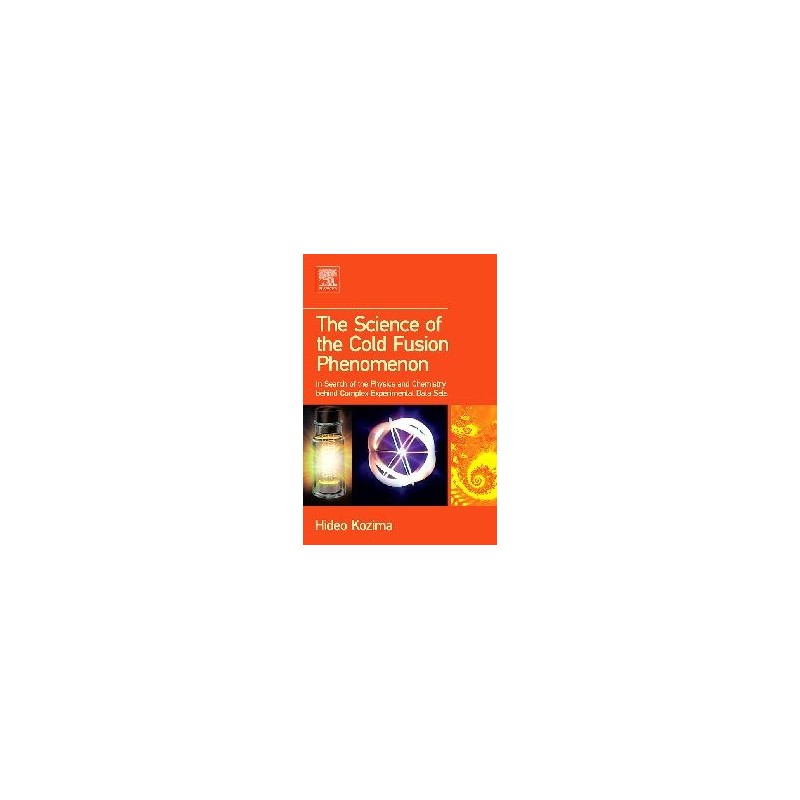- Obecnie brak na stanie



Panel boczny z elementami I/O przeznaczony do zestawu Totem Mini Lab i Totem Micro Lab. Na płytce znajdują się przyciski, potencjometry, diody LED oraz przekaźnik. Totem TE-SP01-B
Brak towaru
Brak towaru
Brak towaru
Brak towaru
Brak towaru
Brak towaru
Brak towaru
Zestaw AVT do samodzielnego montażu zdalnie sterowanego włącznika 4-kanałowego. AVT5599 B
Brak towaru
Transceiver ZigBee z serii XBee-PRO o mocy wyjściowej do 6,3 mW (+8 dBm) i czułości toru odbiorczego do -102 dBm. Zasięg transmisji do 1200 m, 4 wejścia ADC oraz 15 linii GPIO.
Brak towaru
Brak towaru
Uniwersalny zasilacz Quer o pojemności 2200mAh do ładowania przenośnych urządzeń elektronicznych, zasilanych napięciem 5V. Power bank Quer ładowany jest poprzez port USB. KOM0809B
Brak towaru
Filament firmy ROSA3D wykonany z termoplastycznego poliuretanu TPU. Na szpuli nawinięte jest 0,5 kg filamentu o średnicy 1,75 mm. Świeci w ciemności. ROSA3D ROSA-Flex 96A Glow in the Dark Green
Brak towaru
Brak towaru
Brak towaru
Moduł z przekaźnikiem SSR S208T02 o obciążeniu do 4 A. Płytka została wyposażona w złącze Grove i sterowana jest przez wejście cyfrowe. Seeed Studio 103020004
Brak towaru
UGears Łazik Pustynny to świetny wybór dla osób szukających kreatywnej zabawy z elementem edukacyjnym, dostarczający satysfakcji z budowania i radości z użytkowania gotowego modelu. UGears 70164
Brak towaru

